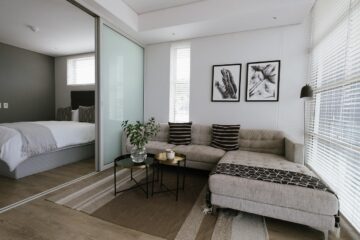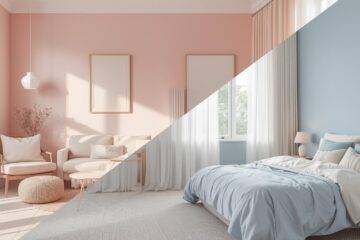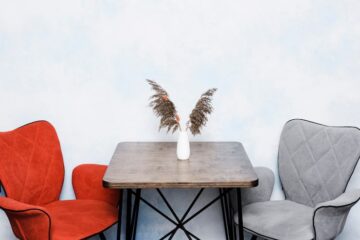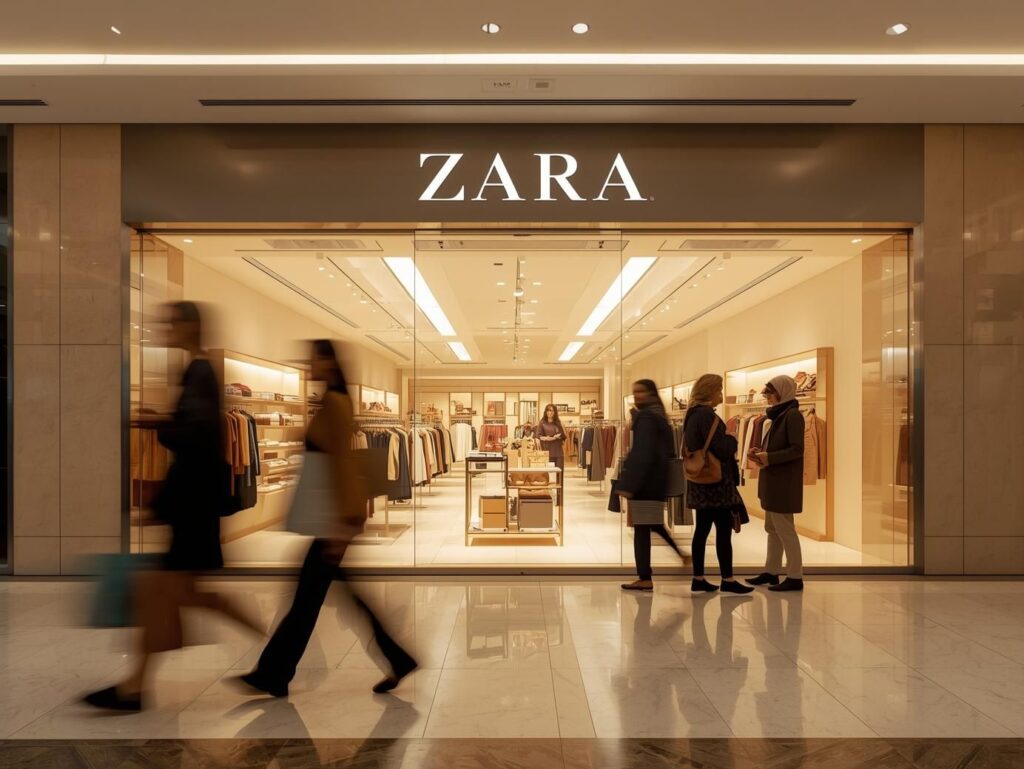
Zara Retail Interiors Lighting Secrets turning illumination into an invisible brand language. Its interiors aren’t just about walls, fixtures, and displays; they’re a sensory experience. The Zara retail interiors lighting design strategy blends aesthetic precision, energy efficiency, and
emotional influence to make customers linger, explore, and ultimately, fall in love with fashion.
Walk into any Zara store anywhere in the world and you’ll feel it before you even think it. The soft glow. The perfect contrast. The way light seems to make every piece of clothing quietly shimmer without shouting for attention. That’s not coincidence; that’s design.
Below are five key lighting design ideas that define Zara’s global retail identity subtle, smart, and impossibly effective.
- 1. Layered Lighting for Visual Hierarchy
- 2. Neutral Color Temperature for True Fabric Perception
- 3. LED Lighting for Energy Efficiency and Consistency
- 4. Directional Lighting to Enhance Product Texture
- 5. Dynamic Lighting for Seasonal Displays
- Conclusion
- FAQ
- 1. What makes Zara’s retail lighting design unique?
- 2. Why does Zara use neutral color temperature in stores?
- 3. How does Zara achieve sustainability in its lighting design?
- 4. How does directional lighting enhance products in Zara stores?
- 5. What is the role of dynamic lighting in Zara’s seasonal displays?
- 6. Can Zara’s lighting strategy be adapted for other retail brands?
1. Layered Lighting for Visual Hierarchy

Ever wondered why Zara’s stores feel open yet intimate? It’s all in the layers.
The brand’s designers use layered lighting, a mix of ambient, accent, and task lighting to create depth and flow. The ambient layer sets a neutral, inviting foundation that mimics natural daylight. Accent lights then direct attention to featured racks, mannequins, and new arrivals, guiding customers intuitively through the store. Finally, focused task lights in fitting rooms and cash counters ensure function without glare.
This hierarchy of light does more than make products look good; it tells a visual story. Each lighting zone has a purpose, encouraging movement, highlighting merchandise, and maintaining balance. The result is effortless navigation through a space that feels both curated and calm.
2. Neutral Color Temperature for True Fabric Perception
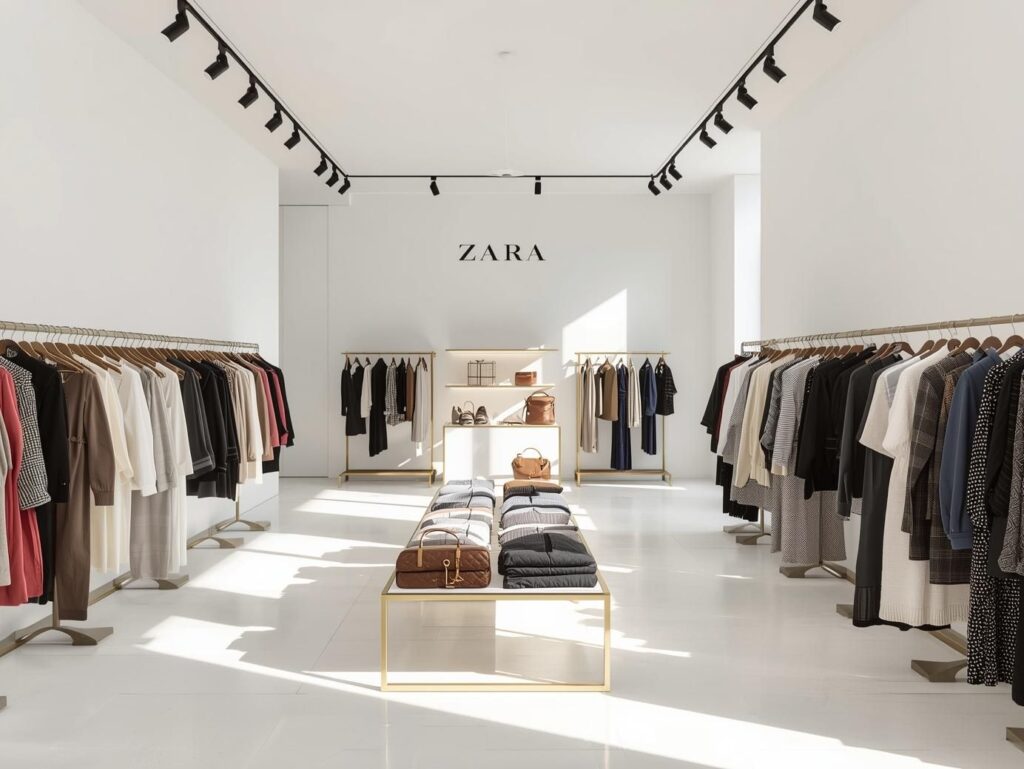
Color accuracy is everything in fashion retail. Imagine picking up a cream dress that turns yellowish under harsh lights. Trust is lost instantly. Zara avoids this pitfall by using neutral white lighting (3500–4000K) across its interiors.
This color temperature range renders colors faithfully, helping shoppers see garments as they’d appear in daylight. Whites look pure, blacks stay deep, and textures reveal their true depth. The brilliance lies in its subtlety; the lighting feels invisible, yet it transforms the shopping experience by creating visual comfort and authenticity.
By maintaining this standard globally, Zara ensures that every store from Madrid to Macau delivers the same polished aesthetic. It’s brand consistency, beautifully lit.
3. LED Lighting for Energy Efficiency and Consistency
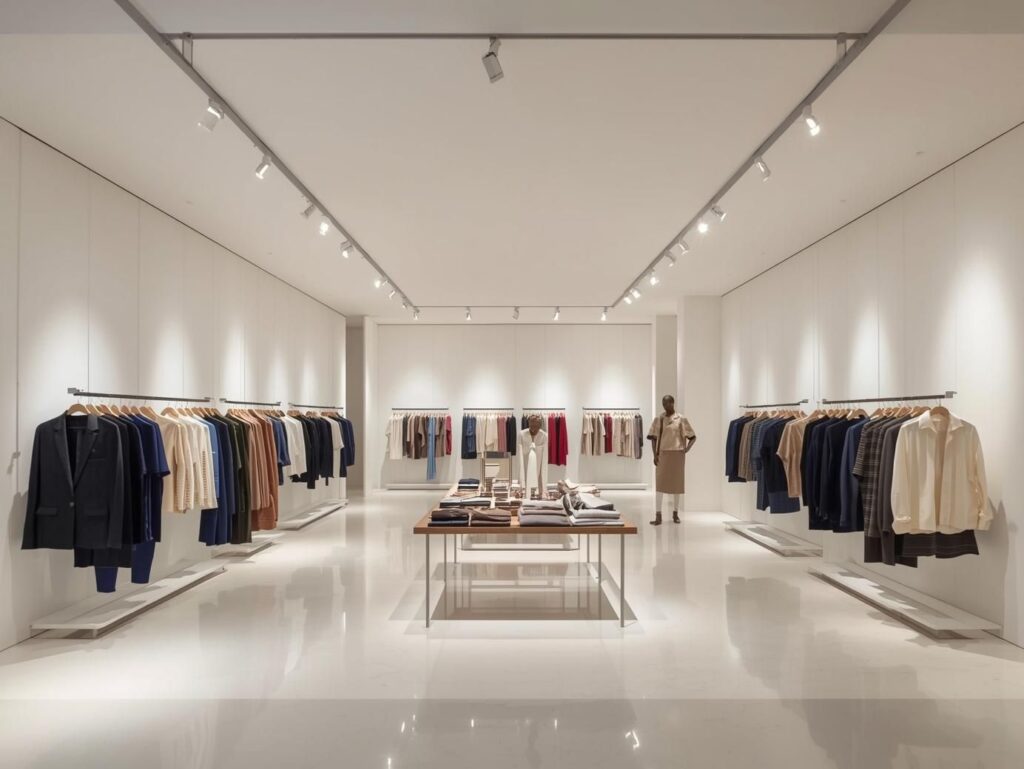
Zara’s commitment to design doesn’t end with beauty, it extends to sustainability. The brand’s eco-conscious interiors rely heavily on LED lighting systems, chosen for both environmental impact and design control.
LEDs allow for consistent brightness, adjustable beam angles, and lower energy consumption, aligning perfectly with Zara’s sustainability goals. They also produce minimal heat, protecting delicate fabrics from discoloration while keeping interiors cool.
From ceiling-integrated LED panels to track-mounted spotlights, every element contributes to Zara’s clean, uniform glow. It’s a reminder that great lighting isn’t just about how it looks it’s about how responsibly it performs.
4. Directional Lighting to Enhance Product Texture

Texture tells half the story in fashion and Zara makes sure you see it.
Their designers use directional lighting, especially adjustable track lights and focused spotlights, to sculpt light over fabric surfaces. The effect is subtle but powerful: denim looks richer, silk appears fluid, and wool feels tactile even from a distance.
By angling beams to create gentle highlights and shadows, Zara adds visual depth without altering color accuracy. This design trick transforms clothes from flat objects into living, dimensional pieces. It’s one of the quietest yet most effective aspects of Zara’s retail illumination strategy.
5. Dynamic Lighting for Seasonal Displays
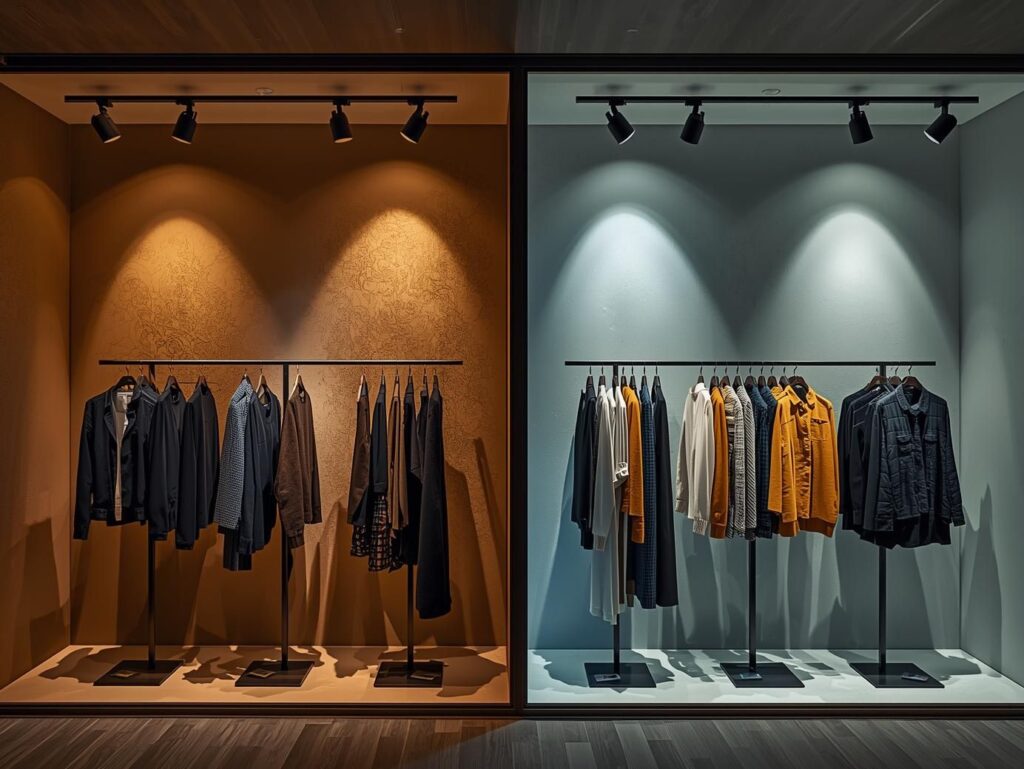
Fashion moves fast and Zara’s lighting keeps up.
Each season, window displays and in-store vignettes shift to match the latest collections. The brand uses dynamic lighting controls to subtly adjust brightness, direction, and color tone, cooler white for summer lines, warmer amber for winter textures.
This flexibility keeps the environment feeling fresh, relevant, and emotionally in sync with the product story. It’s not just about seeing clothes; it’s about feeling the season. These dynamic lighting cues enhance visual storytelling, drawing customers toward new arrivals and curated themes without them even realizing why.
Conclusion
Zara’s interior lighting is more than functional, it’s emotional architecture. Every luminaire, color tone, and shadow contributes to how you perceive fashion, quality, and even time.
Through layered lighting design, neutral tones, energy-efficient LEDs, and directional precision, Zara has redefined what retail illumination can do. It’s not about the light fixtures; it’s about how they make the brand feel clear, confident, and effortlessly sophisticated.
In the world of Zara retail interior lighting design, brilliance isn’t found in brightness alone it’s found in balance, intention, and timeless brand storytelling.
FAQ
1. What makes Zara’s retail lighting design unique?
Zara’s lighting isn’t just about illumination, it’s about storytelling. The brand uses layered lighting, directional spotlights, and neutral color temperatures to highlight fabrics, enhance textures, and guide shoppers through the store seamlessly. Every fixture is intentional, blending aesthetic beauty with functional design.
2. Why does Zara use neutral color temperature in stores?
Neutral white lighting (3500–4000K) ensures accurate color perception. Clothes appear true to life, textures are highlighted naturally, and shoppers experience a consistent, comfortable ambiance. This standard maintains brand consistency across all Zara retail interiors.
3. How does Zara achieve sustainability in its lighting design?
Zara integrates LED lighting systems across its stores to reduce energy consumption, minimize heat, and extend fixture lifespan. LEDs also allow adjustable intensity and focused beams, combining eco-consciousness with precise retail illumination strategy.
4. How does directional lighting enhance products in Zara stores?
Using track lights and adjustable spotlights, Zara emphasizes textures, folds, and fabrics. Directional lighting creates depth, draws attention to featured items, and transforms garments from flat objects into visually engaging displays.
5. What is the role of dynamic lighting in Zara’s seasonal displays?
Zara updates store displays every season. Dynamic lighting controls adjust brightness and color tone to complement seasonal collections, cooler tones for summer, warmer amber for fall keeping interiors visually fresh and emotionally aligned with product storytelling.
6. Can Zara’s lighting strategy be adapted for other retail brands?
Absolutely. The principles of layered lighting, neutral color temperature, directional accent lighting, and energy-efficient LEDs are applicable across retail environments. Zara’s approach demonstrates how thoughtful illumination can enhance brand perception and shopping experience.

